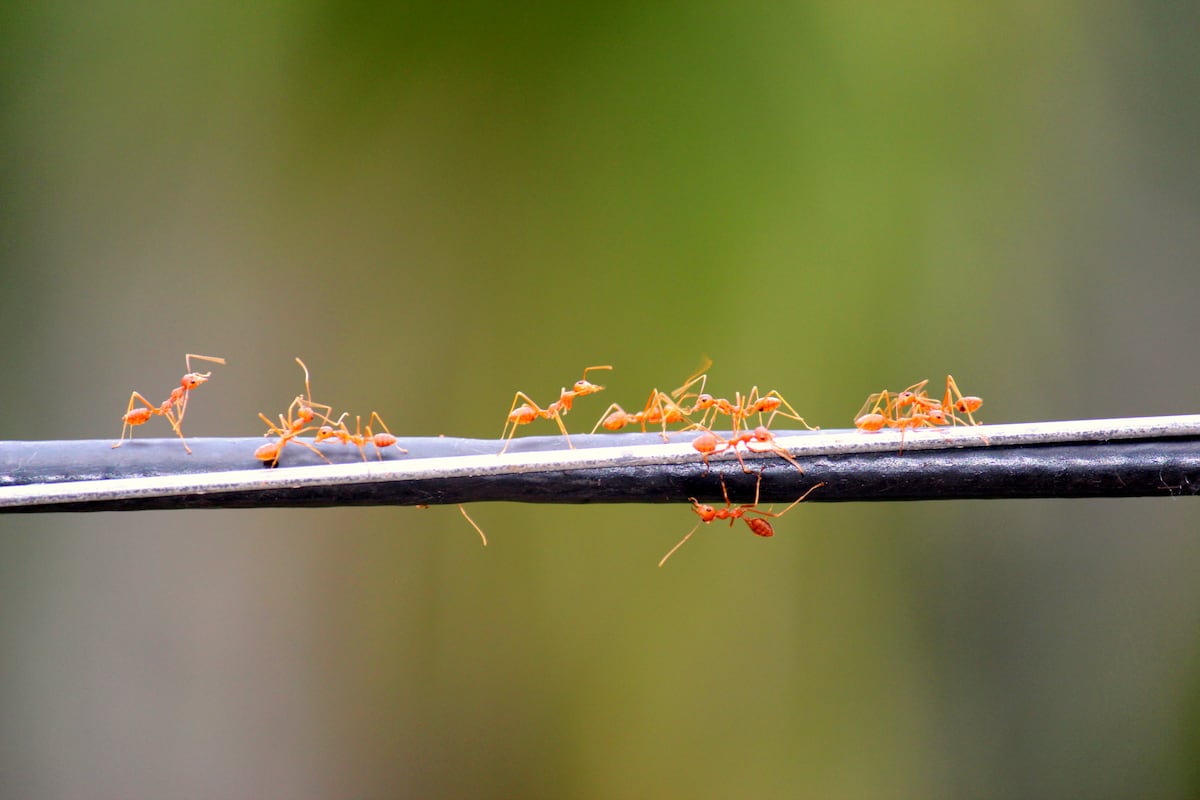
"There are two main reasons. The first is that ethology is a very young discipline. Although humans have always observed animal behavior, and there are records of its study dating back to Aristotle, modern science has been taking this field seriously for less than a century. Therefore, at the beginning of the 2000s, hardly any animal behaviors reminiscent of teaching had been documented."
"Instead of focusing on what goes on in the teacher's mind, this perspective focuses on observable outcomes: teaching, they say, is a behavior that has evolved to facilitate the learning of others. According to this proposal, for us to speak of teaching, three conditions must be met: an experienced individual (the teacher) must modify their behavior only when an inexperienced individual (the student) is present;"
Teaching was historically considered uniquely human, but two factors impeded recognition of animal teaching: ethology is a young science and early documentation was scarce. A philosophical barrier arose from mentalist definitions that required inferring intention, making scientific proof difficult. In 1992 Tim Caro and Marc Hauser proposed a functionalist definition that focuses on observable outcomes and evolutionary function. Their criteria require a knowledgeable individual to alter behavior only when a naive individual is present, incur a cost or no immediate benefit, and thereby enable the learner to acquire knowledge or skills faster or more effectively. This framework enabled identification of teaching in other species, including cheetah mothers instructing cubs.
Read at english.elpais.com
Unable to calculate read time
Collection
[
|
...
]